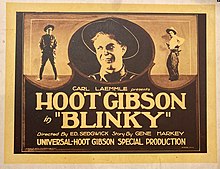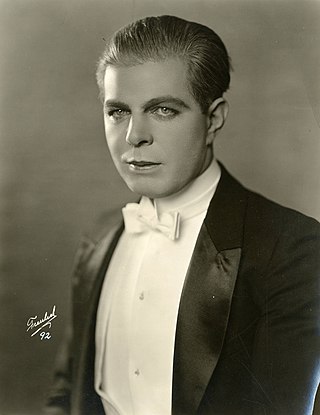
Edmund Richard "Hoot" Gibson was an American rodeo champion, film actor, film director, and producer. While acting and stunt work began as a sideline to Gibson's focus on rodeo, he successfully transitioned from silent films to become a leading performer in Hollywood's growing cowboy film industry.
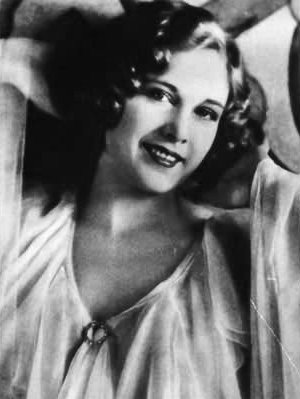
Esther Ralston was an American silent film star. Her most prominent sound picture was To the Last Man in 1933.
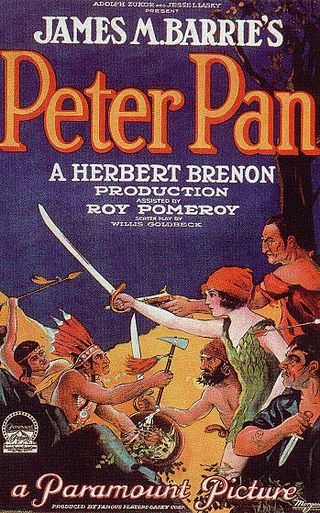
Peter Pan is a 1924 American silent adventure film released by Paramount Pictures, the first film adaptation of the 1904 play by J. M. Barrie. It was directed by Herbert Brenon and starred Betty Bronson as Peter Pan, Ernest Torrence as Captain Hook, Mary Brian as Wendy, Virginia Browne Faire as Tinker Bell, Esther Ralston as Mrs. Darling, and Anna May Wong as the Indian princess Tiger Lily. The film was seen by Walt Disney, and inspired him to create his company's 1953 animated adaptation.

To the Last Man is a 1933 American pre-Code Western film directed by Henry Hathaway and starring Randolph Scott and Esther Ralston. The screenplay by Jack Cunningham was based on the 1921 novel of the same name by Zane Grey. The novel, optioned to Paramount Pictures, was previously made as Victor Fleming's 1923 silent film version of the same title. The supporting cast of Hathaway's version features Noah Beery Sr., Jack La Rue, Buster Crabbe, Barton MacLane, Fuzzy Knight, Gail Patrick, and, in uncredited roles, Shirley Temple and John Carradine.
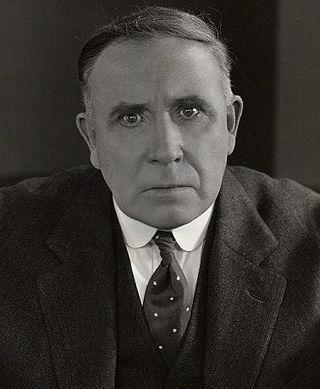
DeWitt Clarke Jennings was an American film and stage actor. He appeared in 17 Broadway plays between 1906 and 1920, and in more than 150 films between 1915 and 1937.
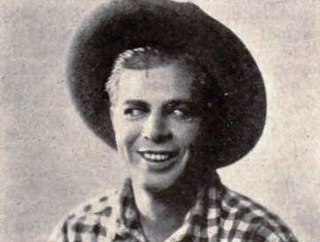
Red Courage is a lost 1921 American silent Western film directed by B. Reeves Eason and featuring Hoot Gibson.

Sure Fire is a 1921 American silent Western film directed by John Ford and featuring Hoot Gibson. It is considered to be a lost film.

The Bearcat is a 1922 American silent Western film, now considered lost. It was directed by Edward Sedgwick and featured Hoot Gibson in the lead role.

The Lone Hand is a 1922 American silent Western film directed by B. Reeves Eason and featuring Hoot Gibson. It is not known whether the film currently survives, which suggests that it is a lost film.

Shootin' for Love is a 1923 American silent Western film directed by Edward Sedgwick and featuring Hoot Gibson. Gibson plays a World War I veteran suffering from shell shock who at his father's ranch becomes involved in a dispute over water rights that leads to gunfire. The British Board of Film Censors, under its then-current guidelines, banned the film in 1923.
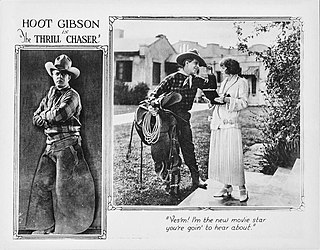
The Thrill Chaser is a 1923 American silent Western film directed by Edward Sedgwick and featuring Hoot Gibson.
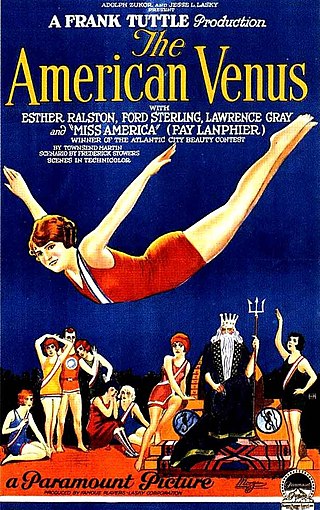
The American Venus is a 1926 American silent comedy film directed by Frank Tuttle, and starring Esther Ralston, Ford Sterling, Lawrence Gray, Fay Lanphier, Louise Brooks, and Douglas Fairbanks Jr. The film was based on an original story by Townsend Martin. The scenario was written by Frederick Stowers with intertitles by Robert Benchley.

The Wheel of Life is a 1929 American pre-Code romantic drama sound film directed by Victor Schertzinger and starring Richard Dix and Esther Ralston. It was produced and distributed by Paramount Pictures.

Half a Bride is a 1928 American silent romance film directed by Gregory La Cava and starring Esther Ralston, Gary Cooper, and William Worthington. Based on the short story "White Hands" by Arthur Stringer, and written by Doris Anderson, Percy Heath, and Julian Johnson, the film is about an impulsive thrill-seeking heiress who announces to her father that she entered into a "companionate marriage" with one of her party friends. After her father abducts her aboard his private yacht and sails away, she escapes in a small boat and after a storm ends up on a desert island along with the yacht's young captain who followed after her. Half a Bride was released on June 16, 1928 by Paramount Pictures in the United States.
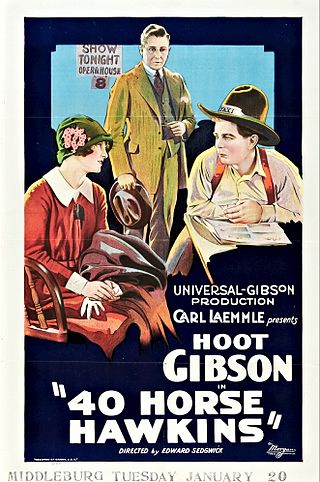
40-Horse Hawkins is a lost 1924 American silent Western comedy film directed by Edward Sedgwick and starring Hoot Gibson. It was produced and distributed by Universal Pictures.

The Ridin' Kid from Powder River is a 1924 American silent Western film directed by Edward Sedgwick and starring Hoot Gibson. It was based on a novel by Henry Herbert Knibbs and produced and distributed by Universal Pictures.
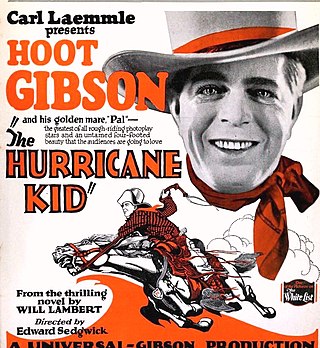
The Hurricane Kid is a 1925 American silent Western film directed by Edward Sedgwick and starring Hoot Gibson. It was produced and released by Universal Pictures.

Let 'er Buck is a 1925 American silent Western film directed by Edward Sedgwick and starring Hoot Gibson.

The Lariat Kid is a lost 1929 American silent Western film directed by B. Reeves Eason and starring Hoot Gibson. It was produced and distributed by Universal Pictures.

Jack O'Clubs is a 1924 American silent crime drama film directed by Robert F. Hill and starring Herbert Rawlinson, Esther Ralston, and Eddie Gribbon.

